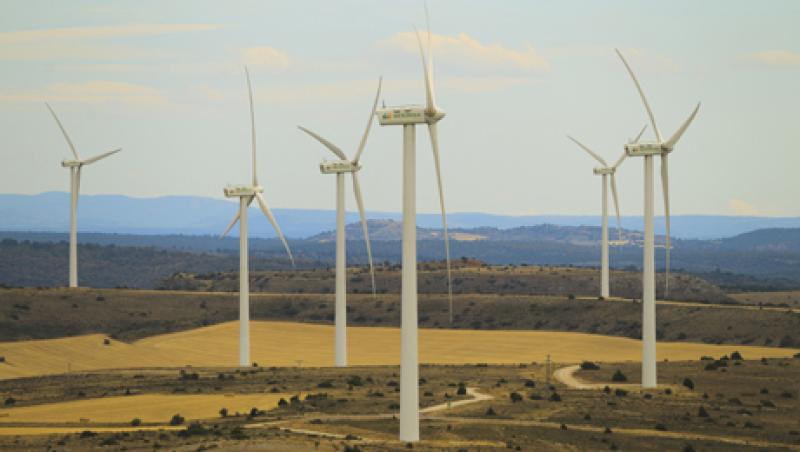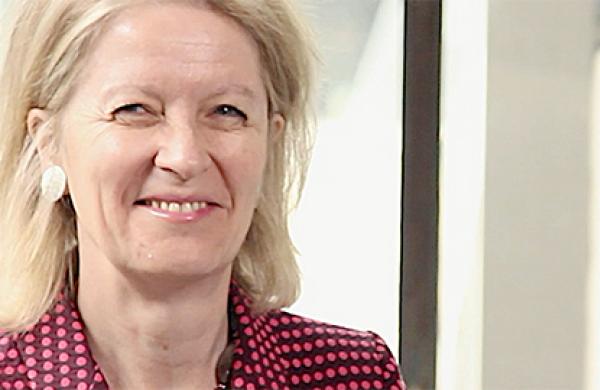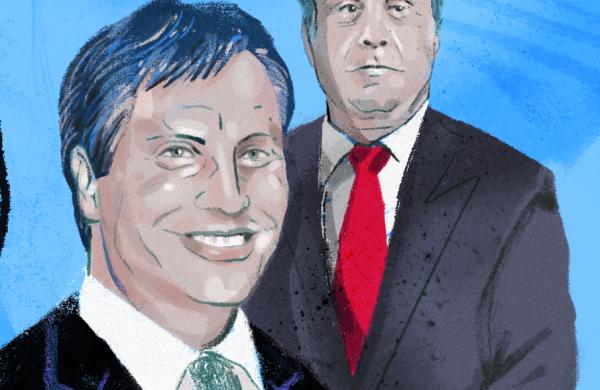To date, the world of socially responsible investing (SRI) has been focused largely on equities, while “green bond” proponents have struggled to get a market off the ground.
But the budding market received a boost in late September when TIAA-CREF, the New York City–based retirement plan provider with $481 billion in assets under management, announced the launch of its Social Choice Bond Fund, an actively managed mutual fund, seeded with $50 million in start-up capital.
In 2006, TIAA-CREF launched its Social Choice Equity Fund, which now has $1.2 billion in assets. The bond fund is “a way for us to broaden our suite of socially responsible products,” says Stephen Liberatore, the fund’s portfolio manager, and also the fixed-income manager on the CREF Social Choice Account, a variable annuity.
TIAA-CREF’s entry into the SRI bond space is also “a broader indication of how SRI investors have begun to seek opportunities with bonds — part of a global reweighting from equities to fixed income,” says Sean Kidney, the co-founder and chairman of the London-based Climate Bond Initiative, which released its Climate Bond Standard in November 2011, a system for certifying private sector corporate and project development bonds as “green,” much like the LEED (Leadership in Energy and Environmental Design) standard for certifying green buildings. The hope is that the standard will allow the green bond market to grow beyond the first tier of issuers — the supranational agencies like the World Bank. “Certification schemes have the potential to make it much easier for such funds [like TIAA-CREF] to sift through the vast universe of [private sector] bond offerings” and “identify bonds that genuinely address that environmental issue,” Kidney wrote in an email. Kidney is clearly delighted to see a big buyer like TIAA-CREF step into the market. “Full marks to them,” he said.
Since TIAA-CREF’s fund is in start-up mode, Liberatore says that he and his staff are having “numerous, robust conversations” with a lot of people right now, including Kidney and Heike Reichelt, the Washington, D.C.–based point person for the World Bank’s green bond program. Many of the discussions relate to how to evaluate the bonds and the green projects they’re funding, but there’s also the basic concern of “generating a positive return, while having a good social impact,” he says.
Liberatore says the basic blueprint is for the fund to “target specific securities that have a direct, bottom-line impact within four thematic areas” — affordable housing; community and economic development; renewable energy and climate change; and natural resources. Additionally, the fund will target 10 percent of its investable dollars to what it describes as “proactive social investments.” Liberatore says the proactive investments will get “an additional layer of analysis” and involve “an additional layer of social responsibility.” He says a good example of a proactive investment would be a municipal bond for a “run of the river” hydroelectric facility, where there’s no effort to dam or divert the water away from its natural flow.
The green bond market is “now really starting to evolve, and that evolution is really picking up,” Liberatore says.






